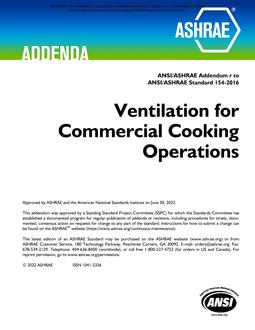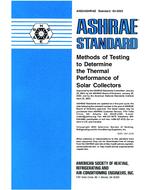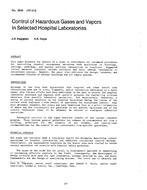Heat recovery from an air conditioner by thermosiphon is attractive because it eliminates the need for a circulating pump. Experiments indicate the cooling capacity of the air conditioner is only marginally affected, but the compressor works a little harder, giving a slightly lower coefficient of performance. The small buoyancy-induced flow of the heated water when stored in a storage tank may be sufficient for supplying domestic hot water demand. The induced flow is, however, strongly dependent not only on the amount of heat recovered from the refrigerant but also on the heat transfer characteristics, thermal capacities, height and relative location of the tank, heat exchanger, and connecting pipes. A simple computer model is developed to predict the heating of the water in the tank as a result of the thermosiphon effect. Results of the model compare favourably with experimental data.
KEYWORDS: heat recovery, thermosiphon, unit air conditioners, domestic, hot water supply, experiment, coefficient of performance, refrigerants, heat flow, properties, computer programs, models, calculating, heating, tanks.
Citation: ASHRAE Transactions 1993, Vol.99, pt.1
Product Details
- Published:
- 1993
- Number of Pages:
- 6
- File Size:
- 1 file , 540 KB
- Product Code(s):
- D-17646


